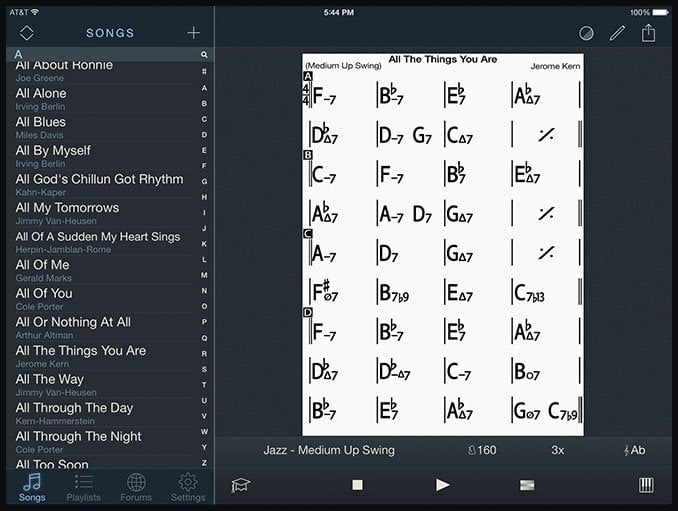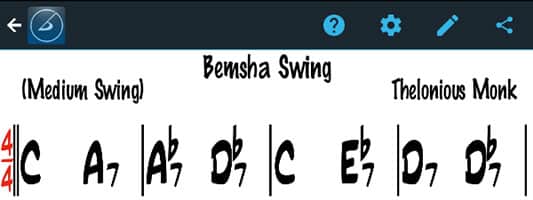


In this process, questions arose about tonal shifts within the piece. It transformed my story of a Kentucky high school student who adapts a centuries-old Albanian ritual to become burrnesha-a gender in which someone assigned female at birth takes on more masculine social roles-into a tight, efficiently structured piece of theatre. As a result, it received dramaturgy from the company’s artistic leadership. In 2020, my play Turning Krasniqi won a Parity Commission from Parity Productions. This, in fact, is where the idea for this article began. After that came the need to rename my art in relation to my non-binary self. In other words: Naming myself non-binary was one step. We non-binary folks frequently find ourselves naming and renaming “the plant,” but there is also sometimes a need to name the soil, the roots, the oxygen produced by the leaves, the chlorophyll, and other components that are related to, but are not, the plant itself. This seed put out many leaves, but I didn’t have the language to identify the plant.” In the graphic novel Gender Queer, Maia Kobabe writes of eir trouble with the gender binary: “The knowledge of a third option slept like a seed under the soil. Second, I hope this work of defining reaches audiences, theatres, and critics who are perhaps seeking to embrace work by non-binary artists but remain unsure of the vocabulary with which to do so. Ideally, they’ll use their words to build out the diversity of this ever-changing category of theatre. The main folks I’d like to be served in naming the convention of the non-binary play are emerging non-binary playwrights. Language, and the art created with it, serves the people, not the other way around. If you must look to Aristotle, read his own “On Interpretation,” in which he notes that language exists “by convention.” We create the conventions if they no longer serve us, we can alter them. There is a long tradition of this, but that does not mean it must continue.

They aren’t, of course, and the insistence that they are only serves another oppressive binary: the play/not play divide that has been used to exclude many female, Black, Indigenous, POC, queer, and neurodiverse artists, and all intersections thereof and beyond. In my own work and in the work of other non-binary playwrights, I see formal shifts, pushbacks, additions, and questions declared through stories that are often dismissed by the cis-heteronormative establishment as too distant from the prescriptions of Aristotelian theatre to qualify as dramatic narrative. However, the impossibility of completion is no excuse to shy away from the urgency of starting.Īnd starting is urgent. I will take an ultimately minuscule fraction of plays wrought by non-binary writers and amplify them to create an admittedly porous “definition” of the “non-binary play.” There will be many holes in this amorphous theatrical survey, and I hope other non-binary creators will fill them, either with their own work or criticism. Here I am going to do an incomplete job of a similar kind of noise-making on behalf of non-binary plays. And then, when we deem the world worthy of our genius, we put the bangles on. We find love and acceptance, often small in scale at first. The loud proclamations define the fluid borders of our havens, and make those spaces safe for quiet. I see my friends and colleagues in the trans, non-binary, and gender nonconforming communities doing this too. Their sound hitting her desk, or on her raised arm, proclaimed, “I’m here.”Īs a non-binary person, I find myself trying to do the same thing. I never want to seem intrusive to my students, so I don’t generally ask them about what they’re wearing, but to me those bangles seemed to be a statement. The clink of the bangles indicated the urgency of her thought. In addition to being further evidence of her status as a fashion icon, she also had a surefire way of commanding my attention whenever her hand shot up to answer a question.
#Ireal pro slash symbol by itself full#
Years ago, I had a student, a brilliant and creative trans woman, who regularly wore full stacks of thin metal bangles on her forearms.


 0 kommentar(er)
0 kommentar(er)
